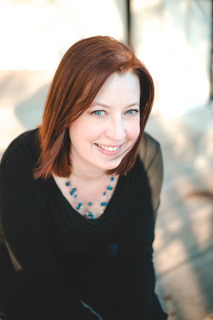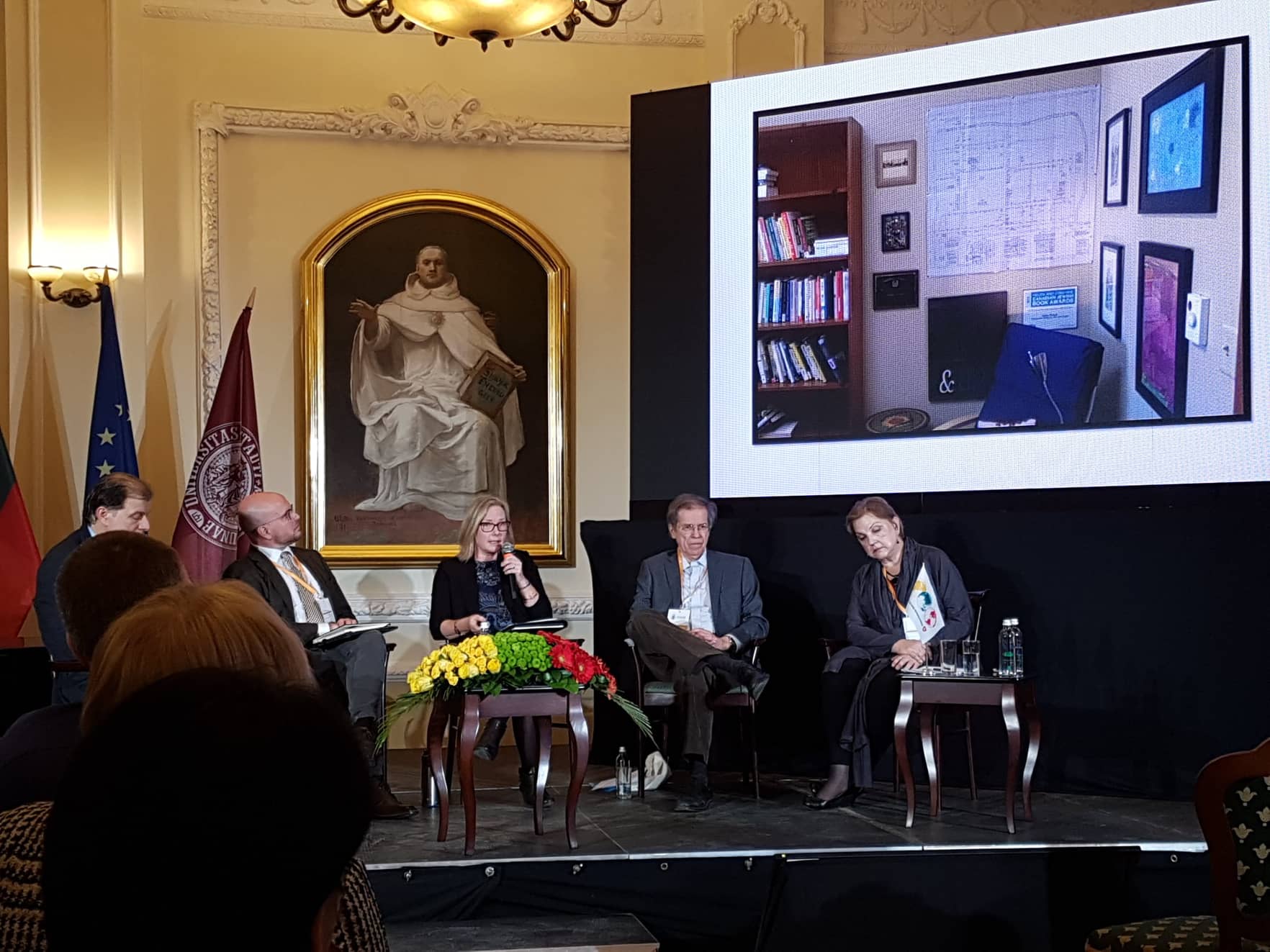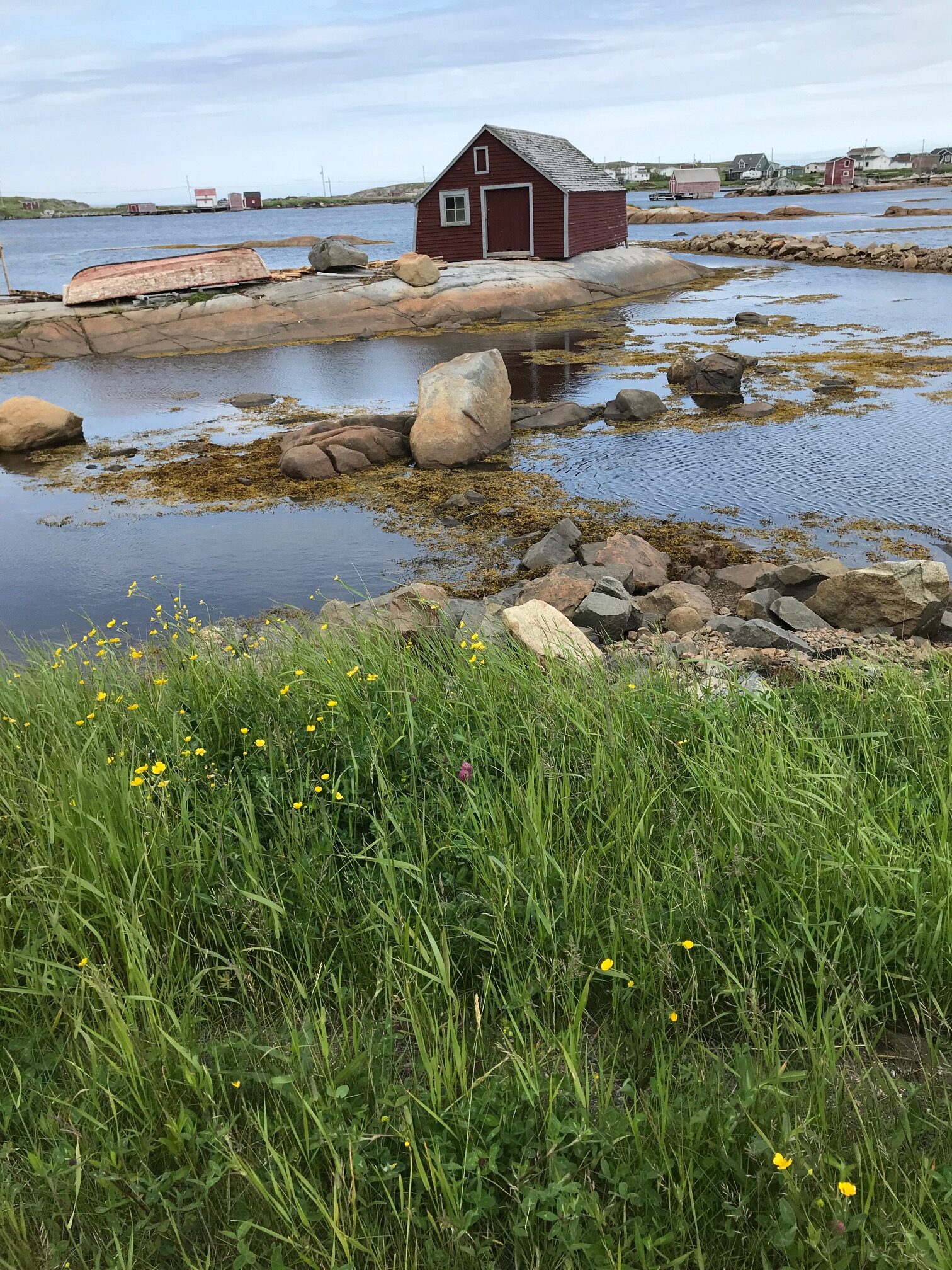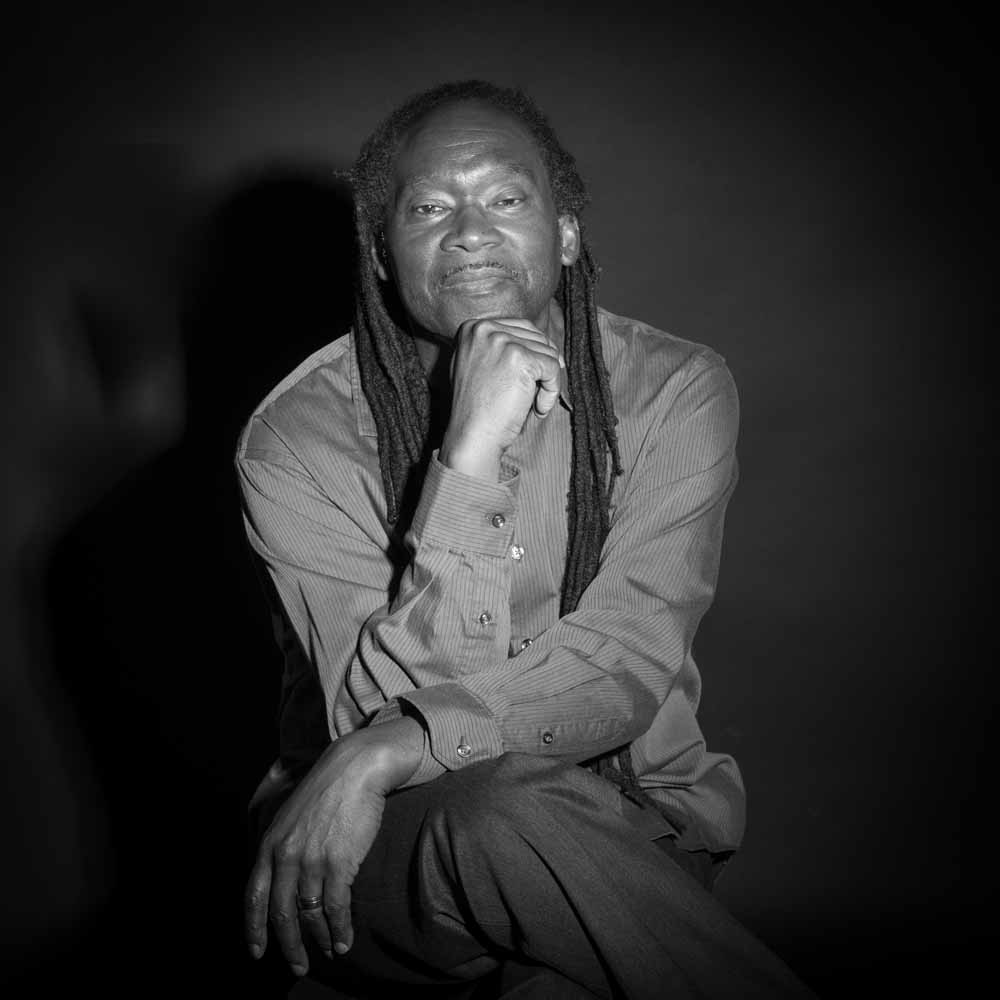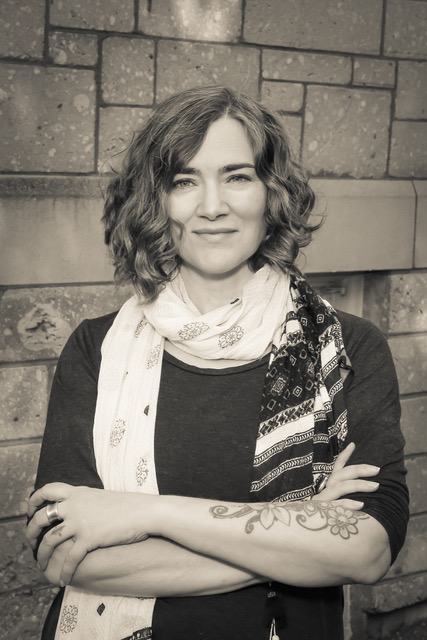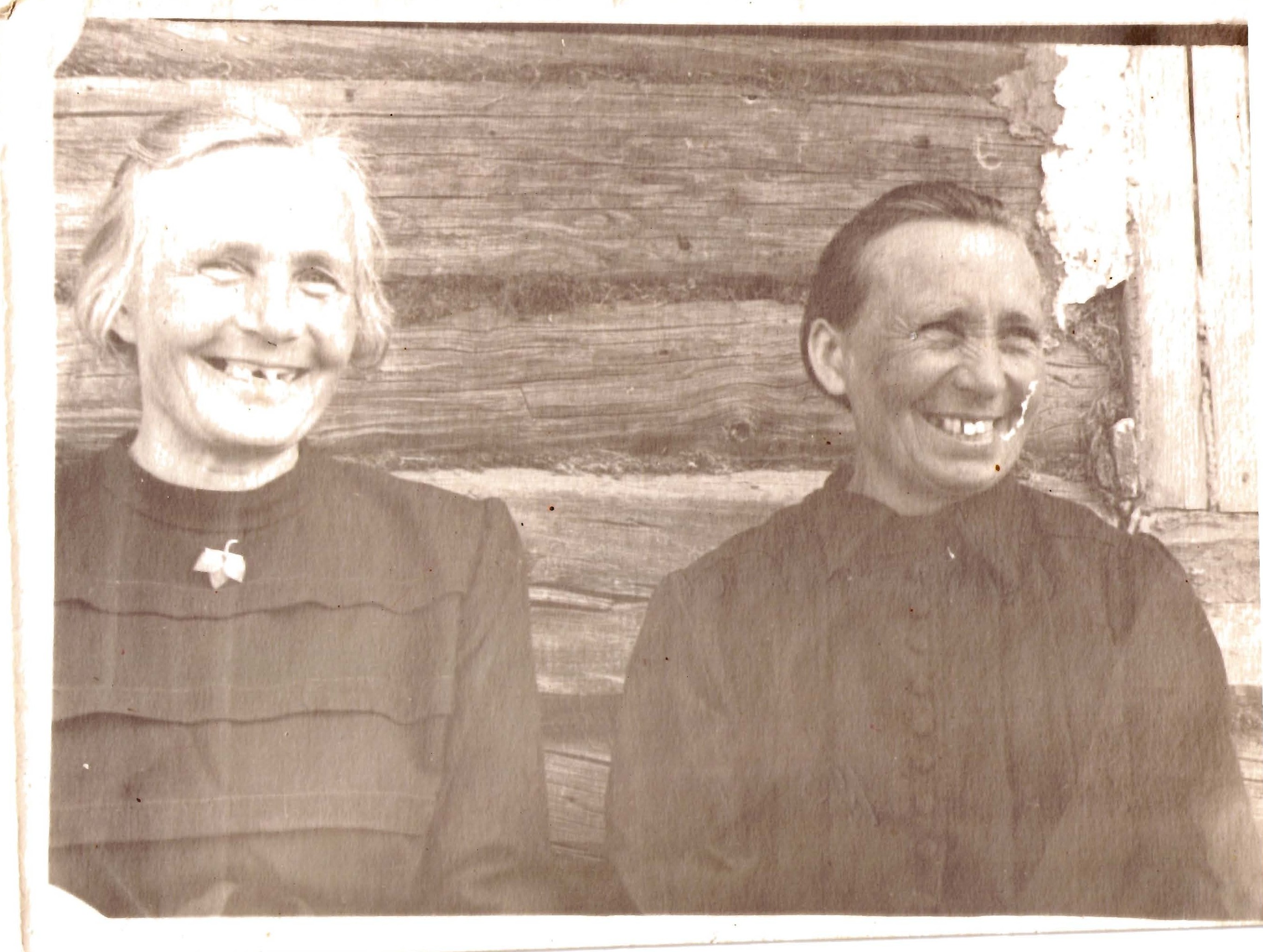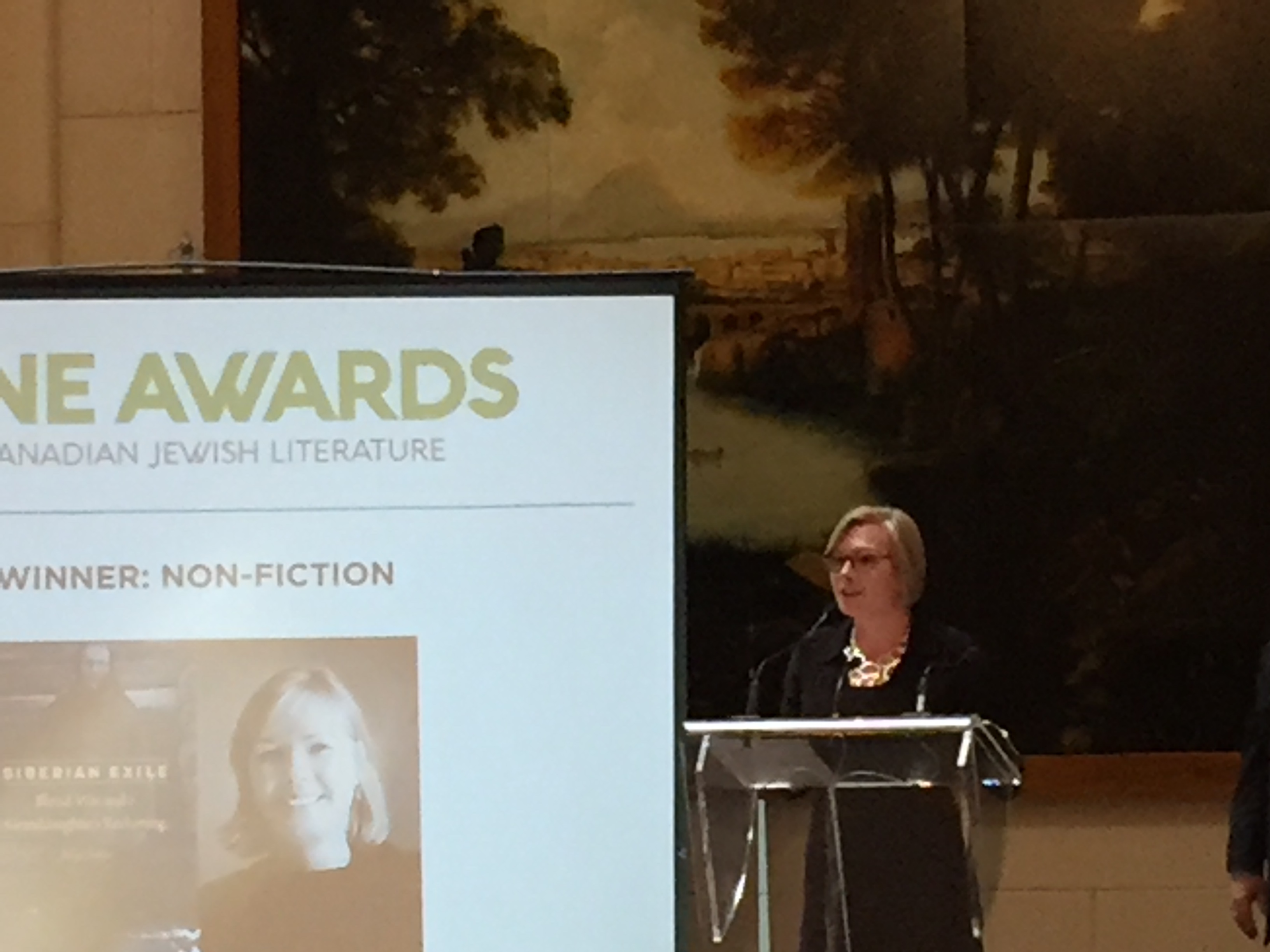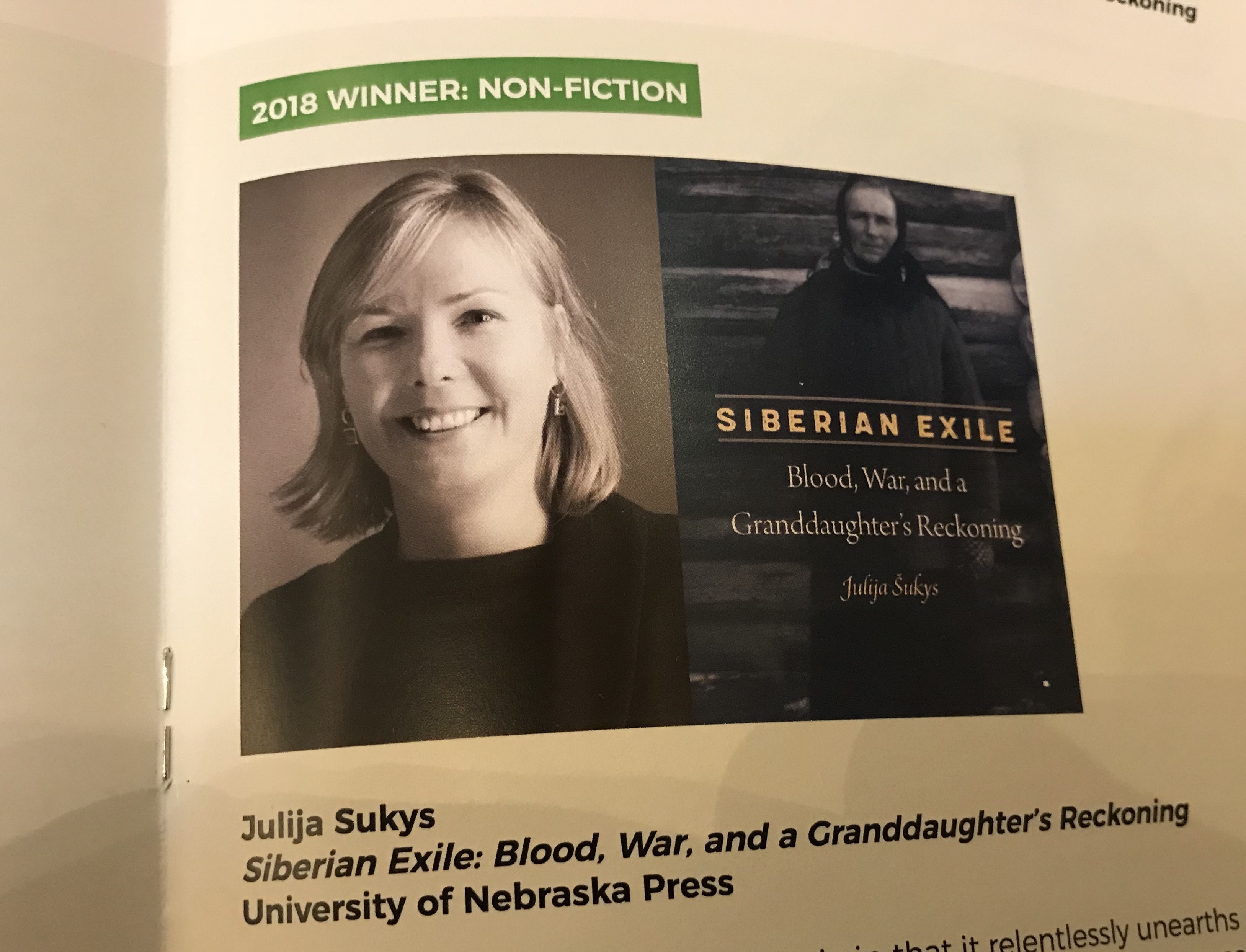Like most of you, my family and I have been at home for more than two weeks. Here in Columbia, Missouri, we faculty members have been teaching our classes online, supervising grad students from afar, attending meetings over Zoom, and trying to keep our kids busy at home.
Yesterday was officially the last day of our Spring Break. “Worst Spring Break ever,” I said to my son as we walked the dog in the dark the other night. He and I were supposed to go on a mother-son ski trip. It all seems like a long-ago fantasy and dream now.
To keep sane, I’ve been planting seeds, baking, and writing. I’m working on a book on university and college campus shootings all over North America. This past week I dove headfirst back into my work and wrote, wrote, and wrote some more.
Turns out that contemplating past tragedies has a calming effect on me. It may be that the way writing takes me out of my body is helpful. It may be that thinking about how people have continued on after tragedy in the past is useful too. It’s possible that both are equally true.
Whatever the case, it all helps, so might as well keep writing.
Check back when you want. I may share some recipes, some thoughts, some good stuff to read.
Hang in there. It’s a dark time. Be kind to yourself and others.
[Photo: Sybil Liberty]



